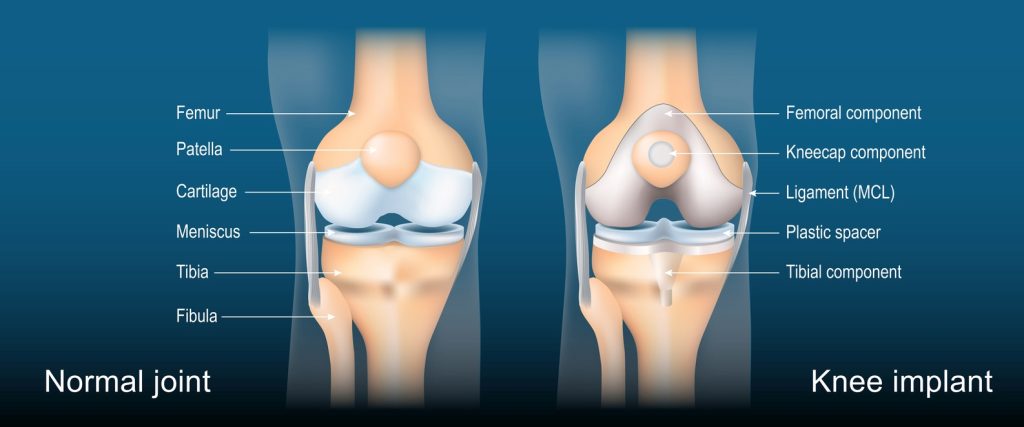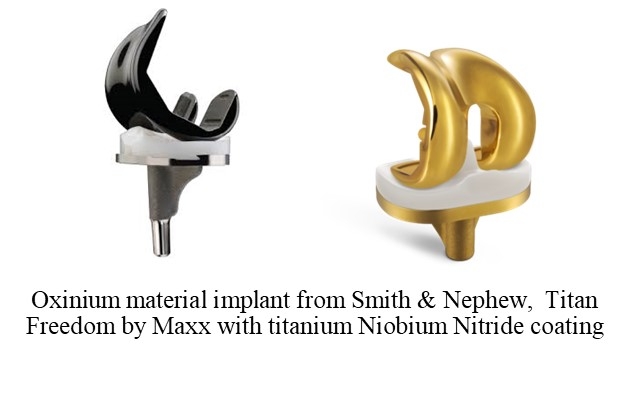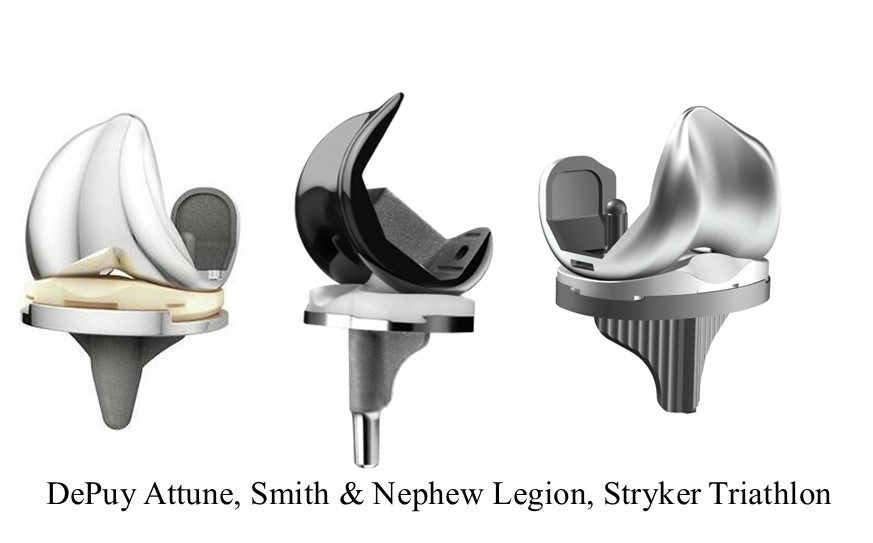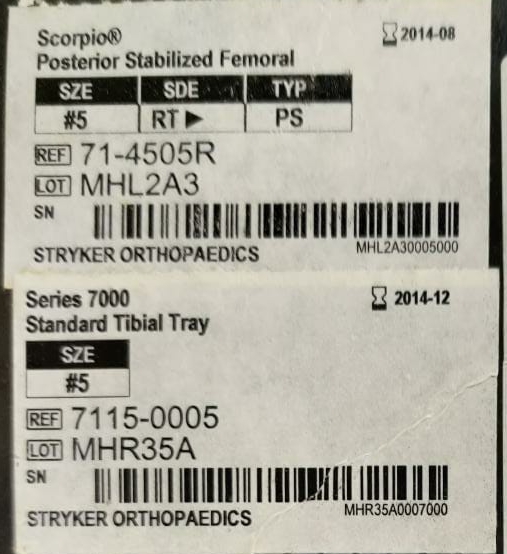While considering a joint replacement surgery, one of the most common questions I get asked by patients is –
What is the best implant?
Or
Which implant company makes the best knee replacement implant?
Or
How do I know if this implant is right for me?
The surgeon selects the most appropriate implant for the patient by considering various factors, including the patient’s age, the condition of the ligaments, and the bone quality. Additionally, the surgeon considers the longevity of the implant when making this decision.
There are many companies that make knee replacement implants. One of the key factors to look for while choosing an implant is to consider its longevity. That is by far one of the most important metrics. There are registries in many countries which keep a track of implant use and how they survive over time. Our choice of implant is generally dictated by looking at data that has accumulated in these large databases over time.

Before we get on to the different features the first question to address is –
What is a knee replacement implant and its parts?
A knee replacement implant or prosthesis has 4 parts-
1. A femoral component that attaches to the lower part of the thigh bone.
2. A tibial component which attaches to the upper part of the leg bone.
3. A poly spacer or insert- which fixes tot the tibial component and acts as a cushion.
4. Patellar component- which attaches to the undersurface of the kneecap or patella.

What materials are used in knee replacement implants?
The femoral component of the knee prosthesis is mostly made of cobalt-chrome alloy. The tibial components are made up of cobalt-chrome alloy or titanium.
The insert or plastic liner is made of UHMWPE (ultra-high molecular weight polyethylene) or HXLPE (highly cross-linked polyethylene). Some companies also add antioxidants to this plastic to improve the properties of the material. Some companies make implants from ceramics as well.

Are there any other implant factors that surgeons may look at? Yes, surgeons also look at degree of constraint. Depending on the severity of arthritis and ligament damage surgeons may choose a partial knee replacement where only one half of the knee is replaced or a total knee replacement where the whole knee is replaced. The usual implant which is used during knee replacement in most cases is an unconstrained implant where the ligaments and the bone are strong enough for the implant and joint to function well. Sometimes, the ligaments may be weak or in rare cases non-functional. In these cases, surgeons opt for semi constrained implants or fully constrained hinge implants.
What implants do you use for knee replacement?
Dr Venkatdeep most commonly uses implants from the following companies:
These implants have shown excellent survivorship over long periods of time. They are all good choices. Implant selection also depends on many patient factors. Ex. If a patient has a metal allergy, then the choice of implant may be ceramic knee like Oxinium material from Smith & Nephew or what some people call a gold knee from Maxx.

What is gold knee?
Contrary to common perception this is NOT made from gold and DOES NOT have any gold alloy either. The implant is coated with a material called Titanium Niobium Nitride which gives it a golden hue. This coating causes the surface of the implant to become much harder, much smoother and durable. It also has low ion release from the metal below it. This makes it a good option for use in patients with metal allergies.
What is the cost of knee replacement implants in India?
The government through the National Pharmaceutical Pricing authority regulated the maximum cost of knee implants in India to ensure affordability. The cost of each part of the implant and different types have been specified in detail by the NPPA. The cost of femoral components is between approximately INR 32000 to 51000. The cost of tibial components ranges between INR 22000 to 32000. Insert costs approx. INR 12700 and patella INR 5400.(as of this writing Jan 2025). The costs are different for primary and revision knee implants.
These costs are fully detailed in the NPPA pricing chart. Another common question that patients ask –
How do I know what implant has my doctor used during surgery?
Always discuss what implants are going to be used for surgery before the procedure. Very rarely there may be changes in implant usage during surgery due to ligaments problems or bone strength. Usually, the implant identification stickers are given to the patients during discharge.

These stickers contain details about the implant: company name, product catalogue number, lot number, implant name, and size. Most companies provide 2-3 stickers—one for medical records, one for the patient, and a spare for additional record purposes.